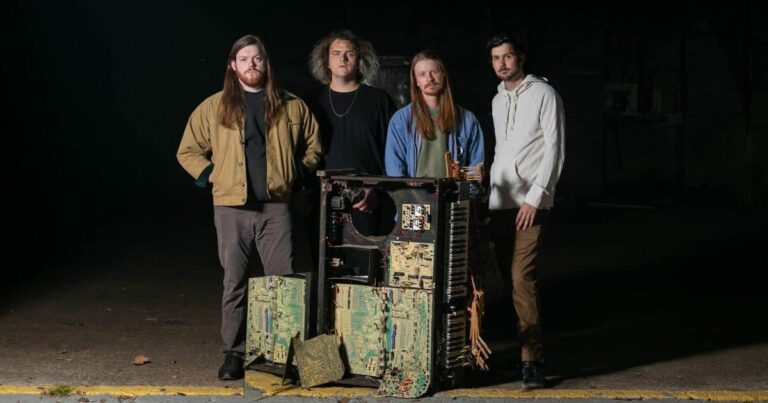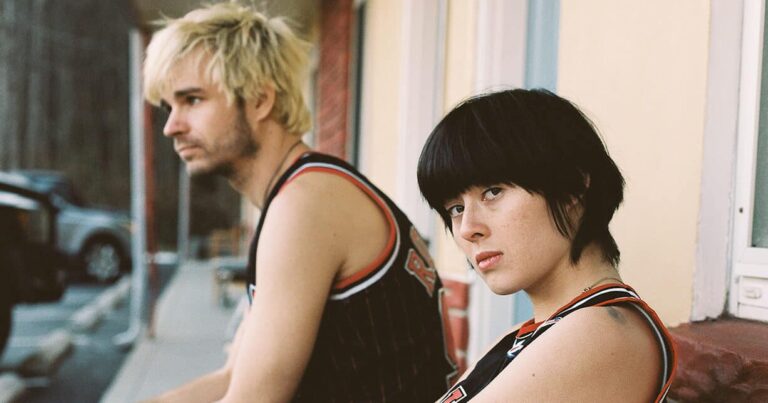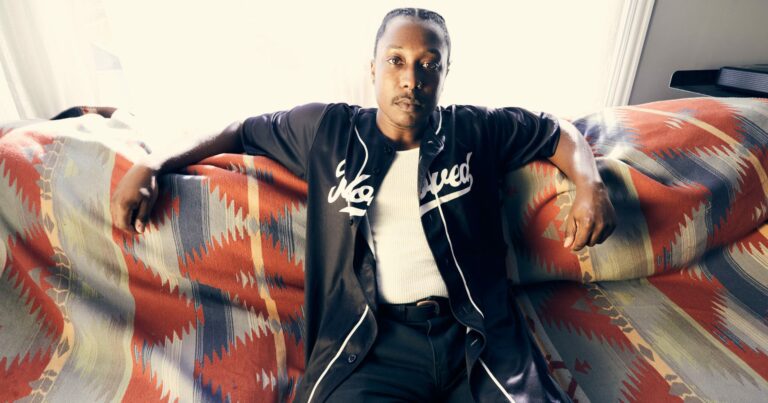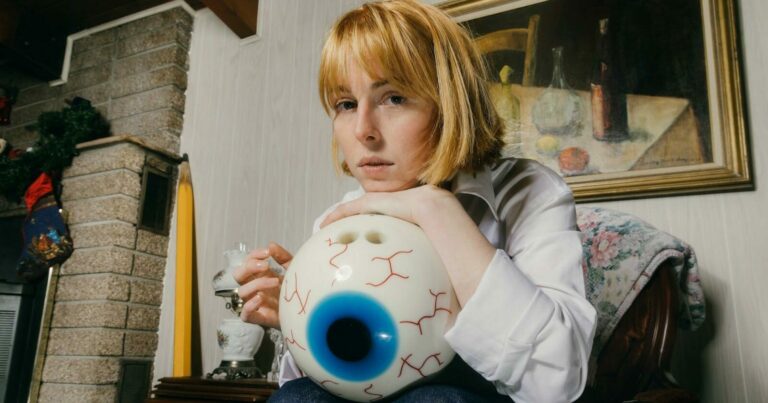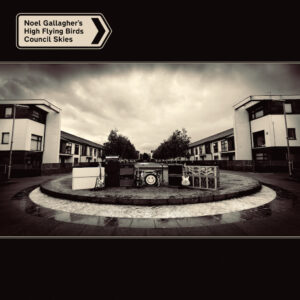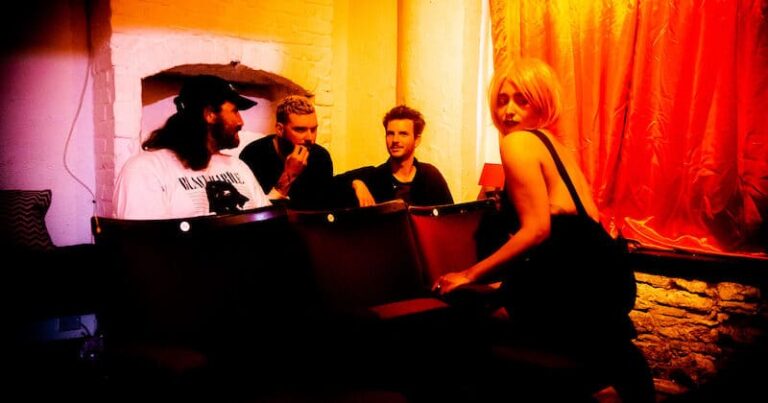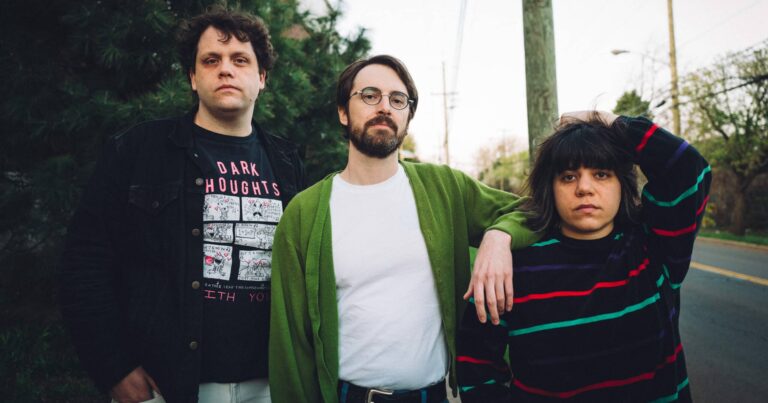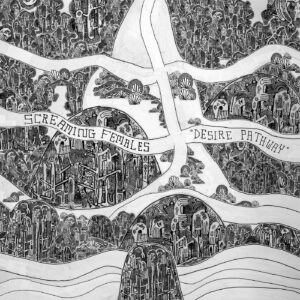Madonna has announced the dates for her 2023 Celebration Tour, which will take her to arenas across North America and Europe. The 35-city trek, which will “be highlighting her unmatched catalog of music from the past 40-plus years,” according to a press release, kicks off on July 15 at Rogers Arena in Vancouver, BC. Madonna revealed the news via an Instagram video directed by Nuno Xico and featuring Eric Andre, Judd Apatow, Diplo, Lil Wayne, Jack Black, and more. Check it out and find the list of dates below.
“I am excited to explore as many songs as possible in hopes to give my fans the show they have been waiting for,” Madonna said in a statement.
Madonna 2023 Tour Dates:
Sat Jul 15 – Vancouver, BC – Rogers Arena
Tue Jul 18 – Seattle, WA – Climate Pledge Arena
Sat Jul 22 – Phoenix, AZ – Footprint Center
Tue Jul 25 – Denver, CO – Ball Arena
Thu Jul 27 – Tulsa, OK – BOK Center
Sun Jul 30 – St. Paul, MN – Xcel Energy Center
Wed Aug 2 – Cleveland, OH – Rocket Mortgage Fieldhouse
Sat Aug 5 – Detroit, MI – Little Caesars Arena
Mon. Aug 7 – Pittsburgh, PA – PPG Paints Arena
Wed Aug 9 – Chicago, IL – United Center
Sun Aug 13 – Toronto, ON – Scotiabank Arena
Sat Aug 19 – Montreal, QC – Centre Bell
Wed Aug 23 – New York, NY – Madison Square Garden
Thu Aug 24 – New York, NY – Madison Square Garden
Wed Aug 30 – Boston, MA – TD Garden
Sat Sep 2 – Washington, DC – Capital One Arena
Tue Sep 5 – Atlanta, GA – State Farm Arena
Thu Sep 7 – Tampa, FL – Amalie Arena
Sat Sep 9 – Miami, FL – Miami-Dade Arena
Wed Sep 13 – Houston, TX – Toyota Center
Mon Sep 18 – Dallas, TX – American Airlines Center
Thu Sep 21 – Austin, TX – Moody Center ATX
Wed Sep 27 – Los Angeles, CA – Crypto.com Arena
Wed Oct 4 – San Francisco, CA – Chase Center
Sat Oct 7 – Las Vegas, NV – T-Mobile Arena
Sat Oct 14 – London, UK – The O2
Sat Oct 21 – Antwerp, BE – Sportpaleis
Wed. Oct. 25 – Copenhagen, DK – Royal Arena
Sat Oct 28 – Stockholm, SE – Tele2
Wed Nov 1 – Barcelona, ES – Palau Sant Jordi
Mon Nov 6 – Lisbon, PT – Altice Arena
Sun Nov 12 – Paris, FR – Accor Arena
Mon Nov 13 – Paris, FR – Accor Arena
Wed Nov 15 – Cologne, DE – Lanxess Arena
Thu Nov 23 – Milan, IT – Mediolanum Forum
Tue Nov 28 – Berlin, DE – Mercedes-Benz Arena
Fri Dec 1 – Amsterdam, NL – Ziggo Dome

